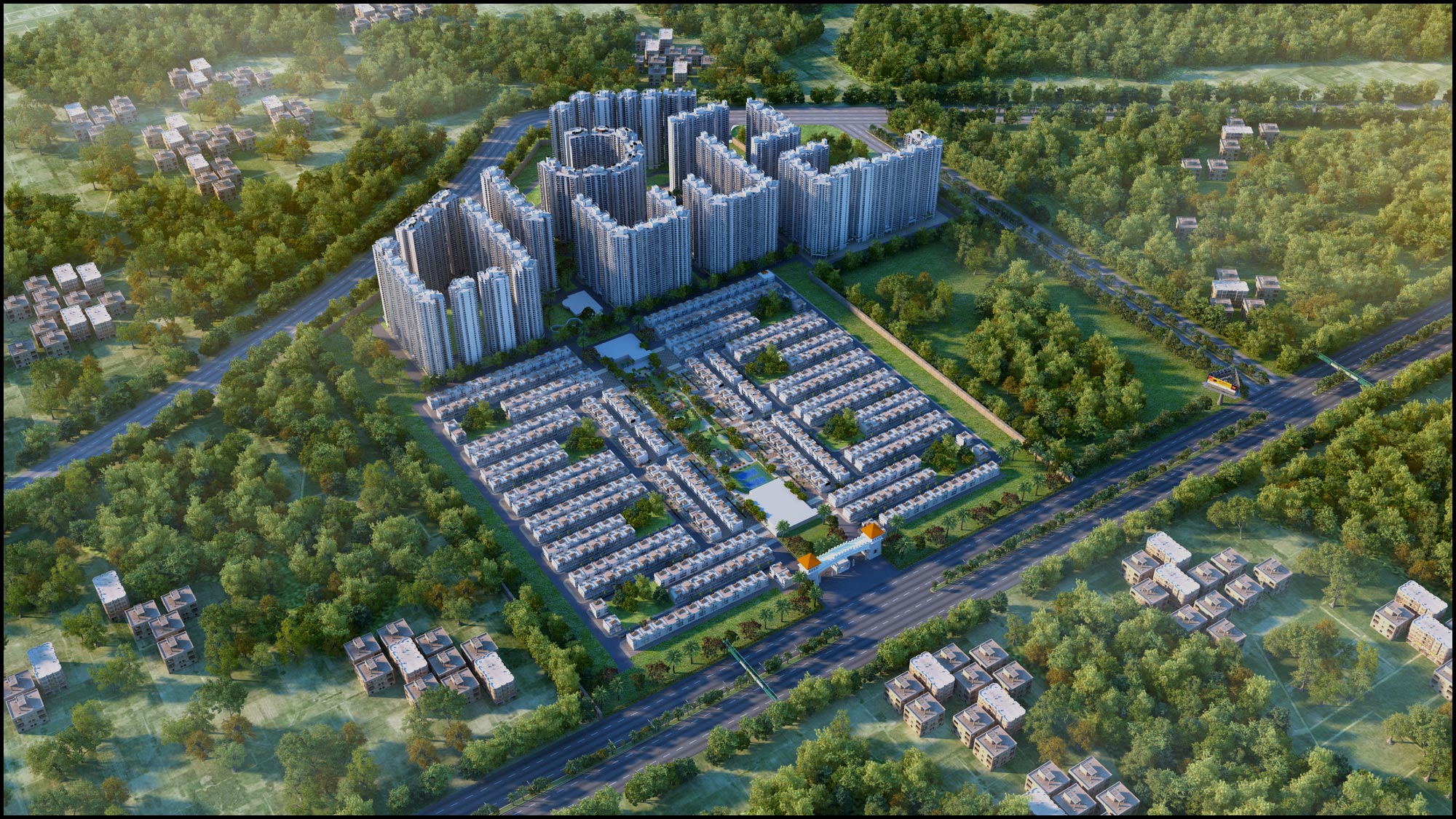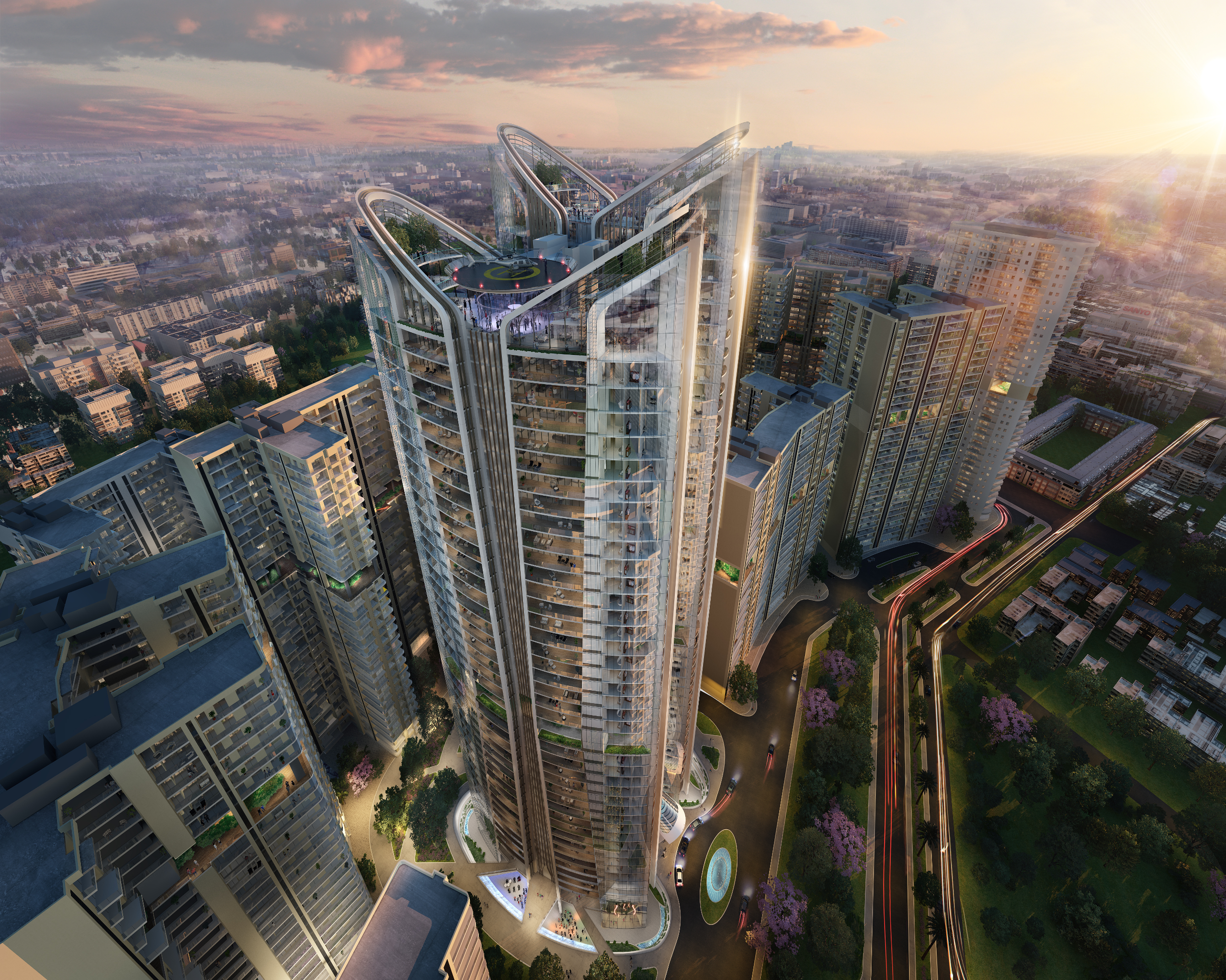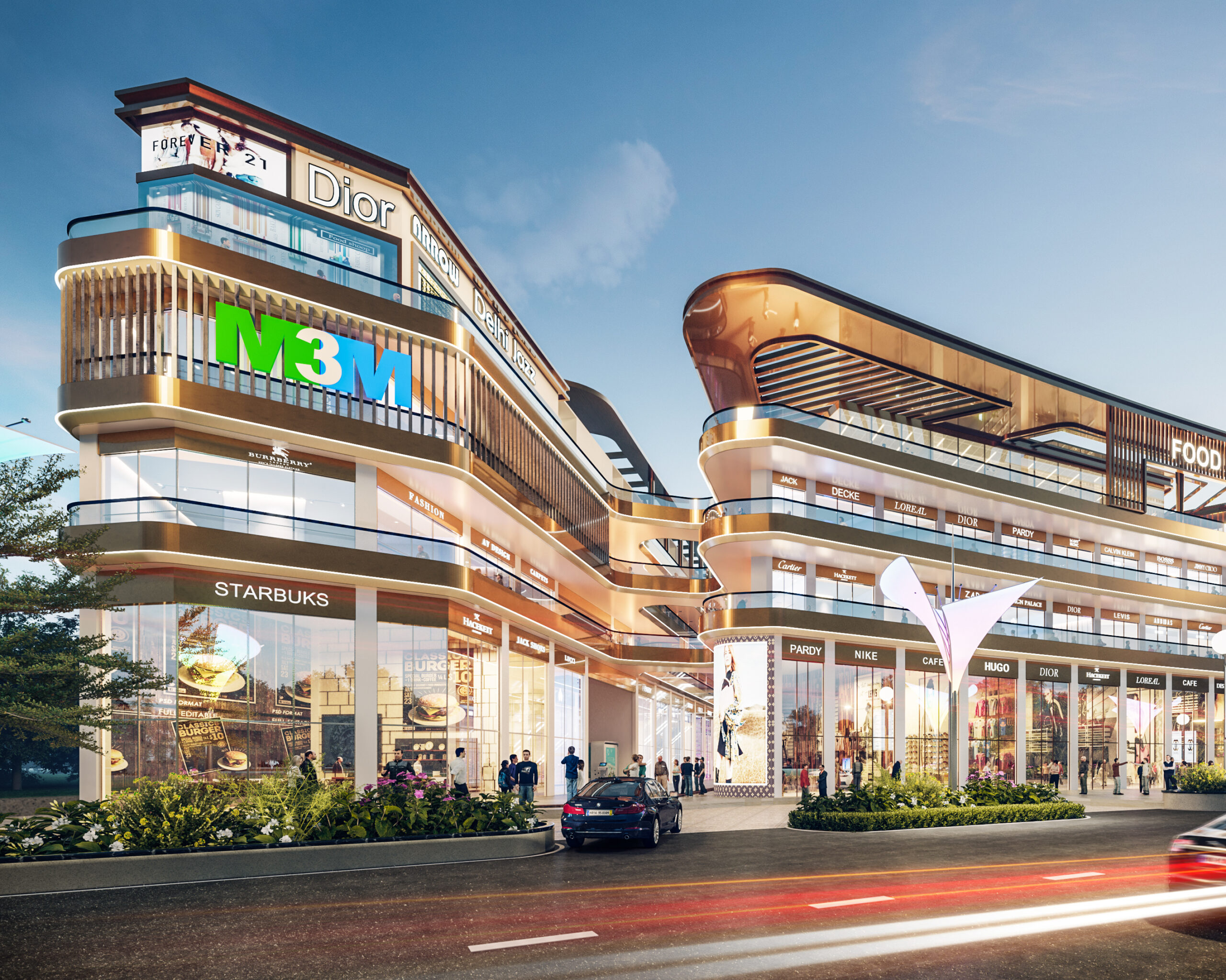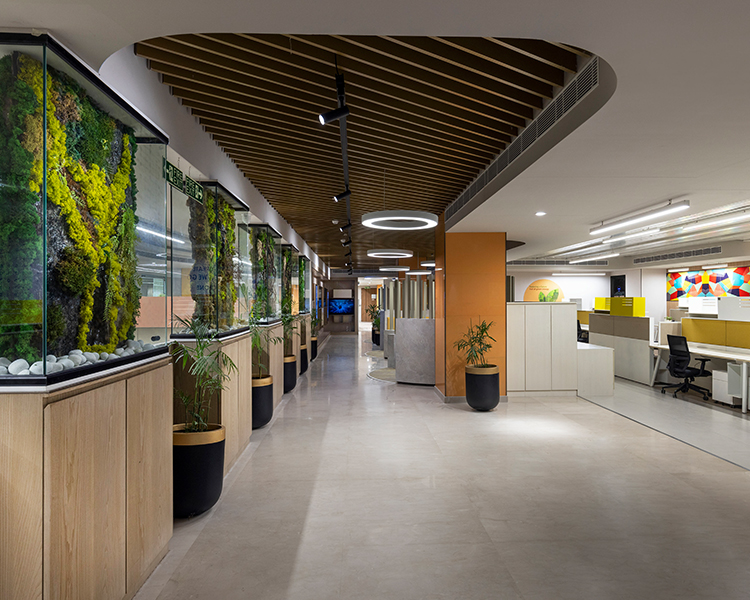Urban Planning Trends to Look out for in 2024

As we stride into an ever-evolving future, our collective aspiration for a comfortable living takes centre stage. Amidst the myriad transformations, the evolution of smart cities emerges as a pivotal force, reshaping urban landscapes and emphasising the critical importance of connectivity and resource efficiency as fundamental necessities by incorporating cutting-edge technologies like IoT, data analytics, and AI, the smart cities prioritise efficiency, resilience, and the well-being of citizens. Integrated systems meticulously monitor and optimise various aspects of infrastructure, ranging from traffic flow to energy consumption, with all the decisions being grounded in data that promote innovation and environmental responsibility.
Let’s explore the trends that usher in a new era of change.
Integration of Artificial Intelligence (AI) is transforming urban planning by utilising advanced algorithms and data analytics. Predictive modelling helps optimise city layouts for efficiency and sustainability, while real-time data analysis enhances dynamic problem-solving in areas such as traffic management and emergency response systems. This results in more resilient, responsive, and intelligent cities, elevating residents’ quality of life.
Sustainable transportation prioritises eco-friendly, energy-efficient mobility solutions, reducing environmental impact and ensuring long-term viability. This approach involves modes of transportation aiming to minimise carbon emissions, air pollution, and reliance on non-renewable energy. Key elements include electric vehicles, public transit, cycling infrastructure, and pedestrian-friendly urban planning, fostering a healthier, more sustainable future by mitigating climate change and improving air quality.
The use of Augmented Reality (AR) is revolutionising urban design by overlaying digital information onto the real-world cityscape. This dynamic and immersive experience empowers architects and planners to visualise proposed structures in their actual locations, fostering informed decision-making and community engagement. AR enhances collaborative design, creating a more interactive and inclusive approach to shaping the future of cities.
A community-centric data initiative empowers local communities by involving members in data collection, analysis, and utilisation. This approach, emphasising participatory methods like surveys and mapping projects, fosters data-driven decision-making at the local level. It enhances community understanding, promotes inclusivity, and acknowledges residents’ unique perspectives, leading to effective, context-aware solutions for community development.
Preparing for disasters and fostering resilience requires a comprehensive strategy involving risk assessment, community engagement, and robust early warning systems. This approach includes infrastructure design, collaboration with authorities, and resource stockpiling. Training, awareness campaigns, and technological integration enhance preparedness, while adaptive strategies, community engagement, and shared responsibility contribute to a resilient environment, mitigating catastrophe impact and enabling sustainable recovery.
The integration of IoT in urban planning involves integrating smart sensors into infrastructure and collecting real-time data for informed decision-making. This data-driven approach, combined with digital inclusion, shapes inclusive, smart cities that address social disparities and enhance accessibility. Examples include smart transportation and energy management, which contribute to a sustainable, accessible urban environment for all residents’ benefit.
As these trends converge, urban planning embraces a holistic and forward-thinking approach, promising more resilient, sustainable, and people-centric cities for the future. This dynamic evolution reflects a commitment to addressing contemporary challenges and creating urban environments that thrive in the face of ongoing global changes.




